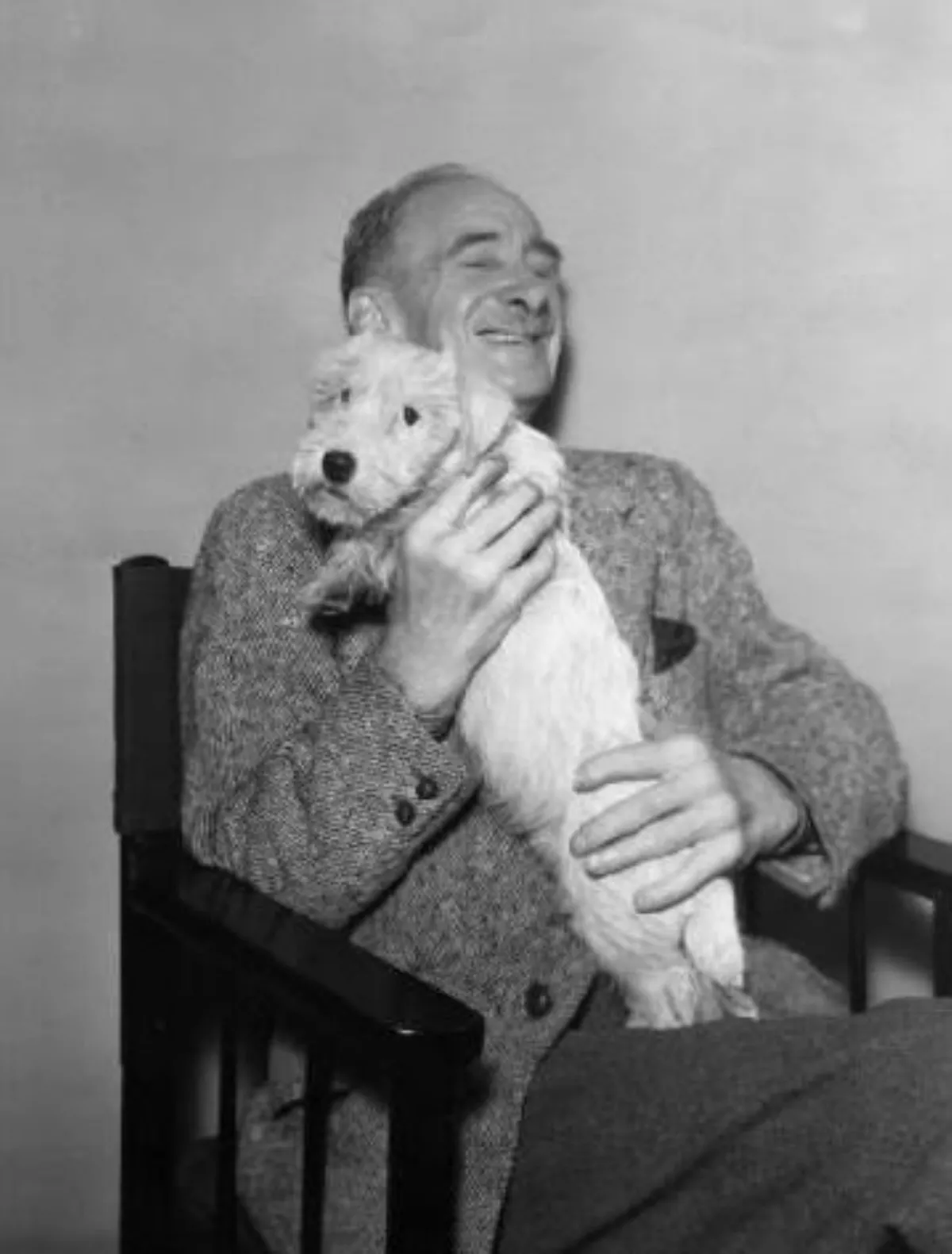 1.
1. Cecil Aldin was an enthusiastic sportsman and a Master of Fox Hounds, and many of his pictures illustrated hunting.

 1.
1. Cecil Aldin was an enthusiastic sportsman and a Master of Fox Hounds, and many of his pictures illustrated hunting.
Cecil Aldin's father, a builder, was a keen amateur artist so Cecil started drawing at a very young age.
Cecil Aldin studied art at the studio of Albert Joseph Moore in Kensington but, unhappy with the teaching methods Aldin left after a month to study animal anatomy at the National Art Training School in South Kensington.
Cecil Aldin left when he developed rheumatic fever but shortly afterwards he sold his first drawing, which appeared in The Building News of 12 September 1890.
Cecil Aldin rented a studio in Chelsea and in 1892 he began a long association with The Illustrated London News.
Cecil Aldin was commissioned by The Pall Mall Budget in 1894 to illustrate the serialisation of stories from Rudyard Kipling's The Second Jungle Book.
Cecil Aldin joined the Chelsea Arts Club and held his first exhibition in Paris in 1908.
Cecil Aldin illustrated the 1910 edition of Charles Dickens' The Pickwick Papers.
Cecil Aldin moved to the Henley area as his interest in hunting, horses and dogs increased and in 1910 he became Master of the South Berkshire Hunt as well as being associated with other local packs.
Cecil Aldin lived at The Abbots, Sulhamstead Abbots from 1913 to 1914 and was church warden of St Mary's church.
At the outbreak of the First World War Cecil Aldin was the sole Master of the South Berkshire Foxhounds and became a Remount Purchasing Officer in charge of an Army Remount Depot.
Cecil Aldin set up a number of Remount Depots around Berkshire including, as an experiment, one run entirely by women as there were no longer enough men available for the work.
Women Employed in the Remount Depot, The Kennels, Pangbourne was duly purchased but Cecil Aldin was unwilling to release the second picture requested.
The original of A Land Girl Ploughing, a realistic portrayal of a lone Land Girl guiding two large horses, had been done on old, re-used canvas using leftover scene paint and, in Cecil Aldin's view, was not suitable for a national collection.
Cecil Aldin agreed to replicate the painting with better quality materials and a member of the Women's Land Army was sent to his studio in Pangbourne to model as the plough girl, and ensure all the details of the uniform were correct.
Cecil Aldin lost his son, Dudley at Vimy Ridge in 1917, which affected him deeply for many years and had a profound effect on his style of work.
Cecil Aldin continued to paint, often large equestrian portraits and completed numerous magazine and book illustrations.
Cecil Aldin published a short series of fully illustrated books in 1923, Old Manor Houses and Old Inns.
In 1930 Cecil Aldin retired to live in the Balearic Islands, hoping the warmer climate would ease his arthritis.
Cecil Aldin lived in Palma and elsewhere on Mallorca while continuing to paint and etch, producing some of his best work, including illustrations for The Bunch Book, about Bunch, a Sealyham Terrier by James Douglas.
When his ship docked, Cecil Aldin was rushed to the London Clinic but could not be saved.